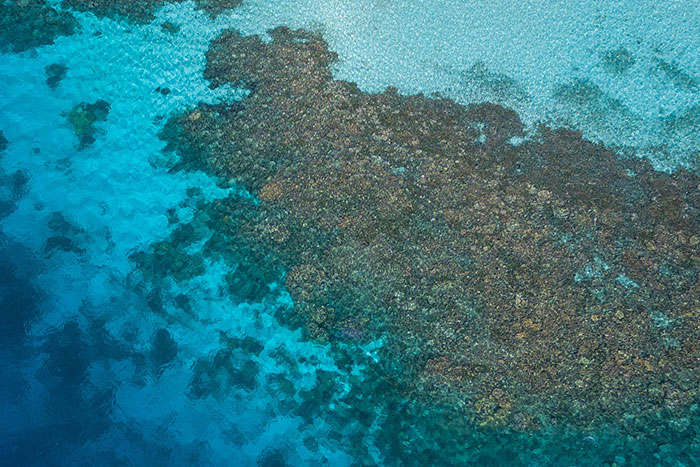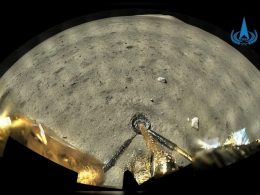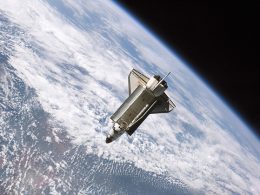The once-flourishing corals, which make up Australia’s Great Barrier Reef, are slowly dying off due to climate change. This destruction is happening so rapidly that over 50% of the coral reef population may have been lost in the last 25 years, a new study has found.
A research team carried out an assessment of the coral population and their sizes along the length of the reef between 1995 and 2017. They found that there was a rapid decline among all sizes of corals, including the medium and large coral populations, across almost all of the species in deep and freshwater.
Australia’s Great Barrier Reef is a UNESCO world heritage site. It is the world’s largest conglomeration of coral reef population. It comprises over 2,900 individual reefs and has 900 islands, which stretches for over 2,300 kilometers. It is located in the Coral Sea, off the coast of Queensland, Australia.
The reef was particularly hit by two episodes of record-breaking temperatures, which resulted in mass coral bleaching in 2016 and 2017. In separate studies conducted after the incident, researchers found out that about one-third of the world’s reef population was affected by the 2016 incident alone. It occurred that in that particular year, a whopping 90% of corals were affected by bleaching. This was in contrast to about 60% of reefs that were affected in previous years. Another devastating bleaching incident happened in 2017.
Coral bleaching is a situation whereby conditions such as high temperature or too much light causes corals to undergo life-threatening stress conditions. They subsequently eject the symbiotic algae residing in their pores. This phenomenon makes the corals turn totally white. However, the corals can still recover, as a change in color does not necessarily destroy them. Notwithstanding, the corals are more vulnerable to environmental factors after this happens.
Dr. Andy Dietzel of the ARC Center of Excellence for Coral Reef Studies at James Cook University in Queensland, Australia, was a lead researcher in this study. He said there is little literature detailing the changes in coral populations.
“We measured changes in colony sizes because population studies are important for understanding demography and the coral’s capacity to breed,” he said.
The study by his team presented how the coral population has depleted over time. Earlier this year, there was a bleaching incident in the reef, which further exacerbated the dwindling fortunes of the reef.
“We found the number of small, medium, and large corals on the Great Barrier Reef has declined by more than 50% since the 1990s,” said Professor Terry Hughes, the lead author of the study, who added that the decline occurred in shallow and deep water across most of the species.
These corals provide important habitat for fishes – a significant effect on the survival and breeding of fishes and other marine creatures.
The study was published in the journal Proceedings of the Royal Society B.
Source: thehill.com









